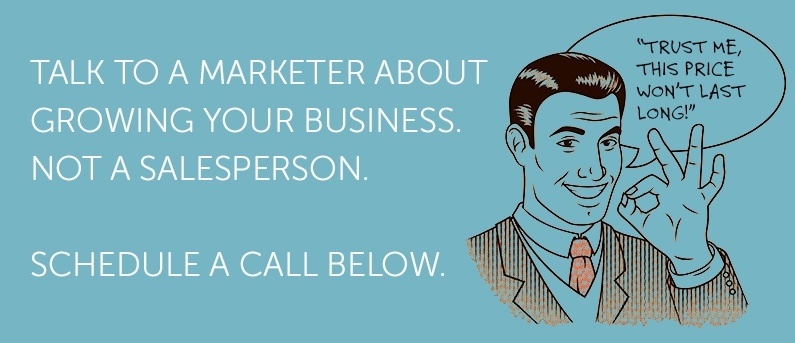Google Ads has long been a lifeline for small and medium-sized businesses. But lately, a new challenge has been quietly derailing ad campaigns across industries: AI-driven policy enforcement.
In an effort to keep ads safe, compliant, and trustworthy, Google has ramped up its use of artificial intelligence to detect policy violations—automatically flagging and disabling ads that appear to break the rules. Unfortunately, this automation isn’t perfect. Across the digital marketing world, advertisers are reporting that Google’s AI is flagging ads incorrectly, inconsistently, and often without any path for human appeal.
A Growing Problem: When AI Misfires
In 2024, Google reported that it had suspended more than 39 million advertiser accounts, largely using AI to detect “fraudulent or policy-violating behavior.” While this sounds like a win for ad safety, it has also introduced a wave of false positives.
Aesthetic clinics, fertility agencies, med spas, financial advisors, and even local law firms have found their accounts suddenly disabled—with little explanation. One marketer shared that an ad featuring a stock photo of a nurse was flagged for a “misleading medical claim.” Meanwhile, a competitor down the street continued to run nearly identical ads with no issue.
This inconsistency has become a hallmark of Google’s AI enforcement. Two accounts with similar content may receive completely different treatment, depending on subtle differences in metadata, account history, or image composition. For small businesses relying on paid ads for steady lead flow, a sudden suspension can be devastating.

Why Certain Industries Are Hit Harder
AI enforcement models tend to overcorrect in “sensitive” verticals—industries where regulations, consumer safety, or ethical marketing are closely watched. These include:
-
Medical, health, and wellness services (e.g., fertility, aesthetics, chiropractic, or supplements)
-
Financial or legal services, especially those mentioning debt relief or outcomes
-
Therapeutic or counseling services, which may be mistaken for medical claims
-
Weight loss, fitness, and cosmetic procedures where “before and after” imagery is common
-
Tech support or repair services, often associated with scams
In many of these cases, AI doesn’t necessarily understand context—it sees an image of a doctor, or a phrase like “get relief fast,” and classifies it as a potential policy violation. Once an account is flagged, advertisers report that appeal channels are either unresponsive or entirely automated, leaving them with no clear way to resolve the issue.
The Stakes for Small and Mid-Sized Businesses
For large brands, an account suspension is an inconvenience. For small businesses, it can be catastrophic. Losing access to Google Ads can mean an immediate halt to traffic, leads, and revenue.
And because Google Ads accounts are tied to business identity and payment information, creating a new account to bypass the issue can trigger an even harsher penalty: permanent suspension for “circumventing systems.”
In other words, one AI mistake can silence your entire advertising operation—indefinitely.
How to Reduce Your Risk of AI Policy Flags
You can’t fully control how Google’s algorithms interpret your ads, but you can take proactive steps to minimize the chance of being flagged.
1. Use conservative, unambiguous imagery
Avoid photos that might be interpreted as making a claim or representing medical outcomes—especially for healthcare, aesthetics, or wellness services.
2. Align your copy and landing pages
Make sure your ad copy matches your landing page exactly. Avoid superlatives (“best,” “fastest,” “guaranteed results”) and replace them with factual, transparent descriptions of what you do.
3. Include credentials and disclaimers
If your business operates in a regulated industry, display credentials, certifications, or disclaimers both in your ad extensions and on your landing page.
4. Maintain account consistency
Don’t suddenly change business names, URLs, billing information, or IP addresses. Sudden shifts in these patterns are red flags for Google’s AI fraud detection.
5. Audit regularly and document everything
If you’re running multiple campaigns, perform periodic audits to ensure every ad and landing page follows Google’s evolving policies. Keep detailed records in case you need to appeal a decision later.
What to Do If You’re Flagged or Suspended
If you receive a policy violation or suspension notice, take a methodical approach:
-
Pause and investigate – Identify which policy was violated and which ads or pages may be triggering it.
-
Fix everything you can – Remove questionable language, imagery, or claims from all campaigns.
-
Submit a detailed appeal – Use Google’s official appeal form and clearly explain what changes were made.
-
Be patient and persistent – Appeals can take time, and repeated submissions may hurt your case.
-
Plan for redundancy – Use SEO, social ads, and local directories to ensure your business isn’t fully dependent on Google Ads for leads.
A Call for Transparency
Marketers understand the need for content moderation and fraud prevention. But when automation becomes the sole gatekeeper, it creates a dangerous lack of accountability.
AI-powered enforcement has made it harder for good actors to stay in the game—and easier for algorithmic quirks to silence legitimate advertisers. Until Google reintroduces more consistent human oversight and transparent appeal processes, small and medium-sized businesses must stay hyper-vigilant.
At Bonafide, we help brands navigate these shifting digital landscapes—building marketing strategies that balance compliance with creativity, and visibility with authenticity. If you’ve been affected by AI ad flagging or are looking for ways to strengthen your digital marketing resilience, we can help you build a smarter, more sustainable approach.


